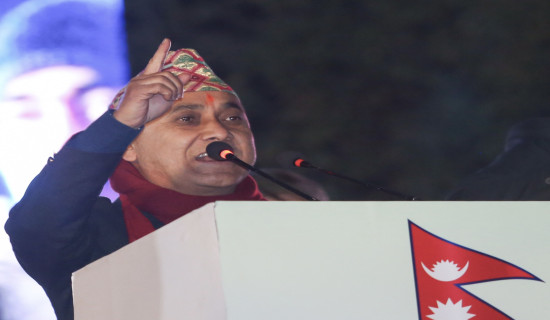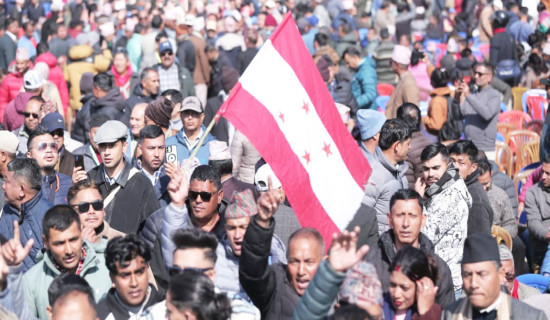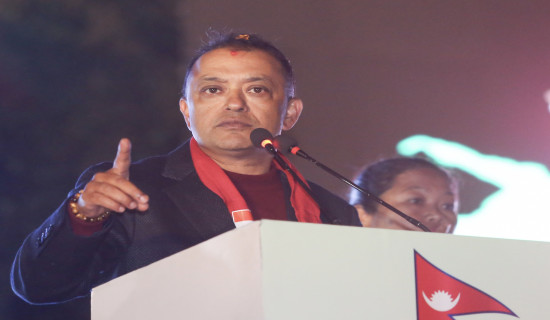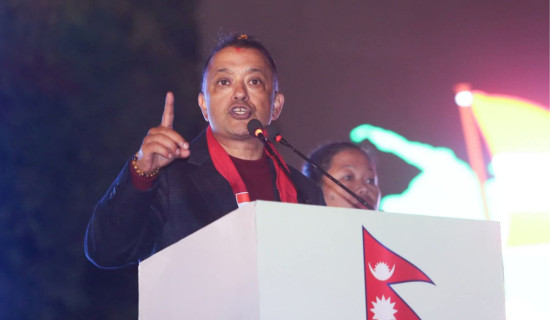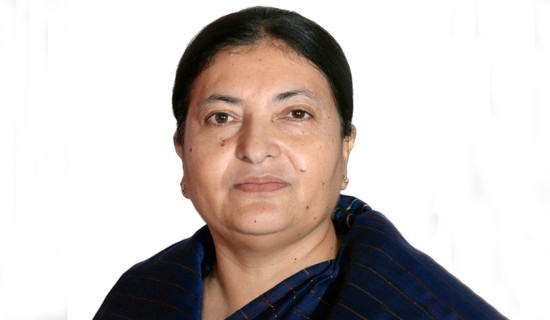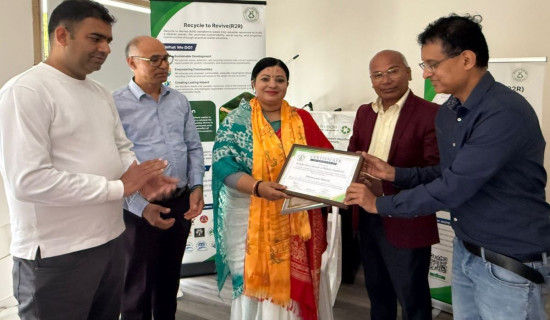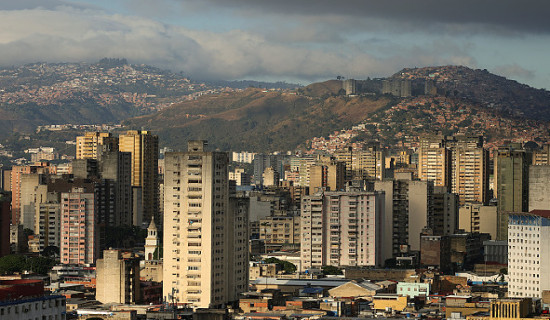- Monday, 12 January 2026
Need for establishing high-quality hospital in Kathmandu
Ushakiran Acharya 
A news
article published in a national daily on May 12, 2018, reported that "390
patients went to the Shukraraj Tropical and Infectious Disease Hospital, but
their disease was not traced." As a student, this news struck me and
raised my concerns for the patients whose conditions had not been clinically
diagnosed. I found myself wondering about the medical procedures used to treat
them. Could their lives have been saved? Many questions lingered in my mind at
that time. As time passed, some of these questions faded, but more than six
years later, I wonder if there have been any significant changes in the
country's health scenario. This article aims to draw attention to the
effectiveness of public health facilities, the need for standardization, and
the lack of healthcare research in the Nepali public health sector.
The
right to health is regarded as a fundamental right of citizens and is included
in Article 35 of the Constitution of Nepal, which states: (1) Every citizen
shall have the right to free basic health services from the State, and no one
shall be deprived of emergency health services. (2) Every person shall have the
right to receive information about his or her medical treatment. (3) Every
citizen shall have equal access to health services. (4) Every citizen shall
have the right to access clean drinking water and sanitation.
Since
the right to health is a fundamental right, ensuring quality health services is
a fundamental duty of the state. The government cannot abstain from its
constitutional responsibility. However, the country faces many health
challenges, including the lack of standardized health institutions capable of
providing quality services.
Nepal
is a developing country with its own specific characteristics and challenges.
The country faces significant problems of underdevelopment, and the health
sector is not immune to issues such as lack of infrastructure, budget
shortages, and insufficient research.
For
the current fiscal year, the government has allocated Rs. 86.24 billion to the
health sector, which is only 4.6% of the total budget and represents a mere
2.5% increase from the Rs. 83.99 billion allocated in the previous fiscal year.
Given this inadequate funding, the health challenges faced by the population
will likely remain unaddressed.
With
a population growth rate of 1.73%, Nepal's population is expected to double
every 40 years. Although this growth rate is less severe than the 2.84% rate
observed in 1992, it still presents challenges that necessitate effective
health plans to meet the population's needs.
The
examples provided illustrate the current state of health conditions, the
quality of health services, and the plight of vulnerable groups. Inadequate
health facilities cannot protect the fundamental right to life of individuals.
Medical
and dental facilities are among the most demanding environments to work in and
plan for. During renovations or new builds, teams often struggle to balance
daily operations. There are different organizations that offer support and
innovative ideas to assist with these challenges.
Who Pays for Science?
Most
scientific research is funded by government grants, companies engaged in
research and development, and non-profit foundations. Ultimately, we all
contribute to this funding.
Significance of a Research Center
During the
COVID-19 pandemic, various genetic forms of viruses, such as OC43, HKU1, 229E,
NL84, SARS-CoV, MERS-CoV, and SARS-CoV-2, spread and contaminated millions of
people. Many of these genetic forms are found exclusively in the South Asian
region. A pressing question arises: Are there genetic viruses that spread
uniquely in the climate of Nepal? Addressing this question requires the
establishment of an advanced medical research system in Kathmandu. This system
must involve high-quality medical researchers with the skills to assess
societal needs, employing critical thinking, data analysis, observation, and
decision-making in relation to the local geo-ecosystem and social phenomena.
The
Constitution of Nepal declares the nation a welfare state, but it cannot
fulfill its objectives without providing quality, timely, and effective health
services to its citizens. Therefore, there is a pressing need for a 1,000-bed
teaching hospital and research center on the outskirts of Kathmandu to save
lives. During the COVID-19 pandemic, nearly 12,000 people lost their lives in
Nepal, many due to inadequate health facilities and timely research support.
The loss of life represents a significant loss for the country. The state must
adopt effective measures to protect its citizens.
The
growing trend of emigration from Nepal to countries such as those in Europe,
North America, and Australia poses a significant challenge. One reason for this
trend is the lack of adequate health services. Skilled doctors often find
limited opportunities for engagement in medical research, hindering their professional
growth.
(Ushakiran
Acharya is a student of A2 at Ratobangala School)

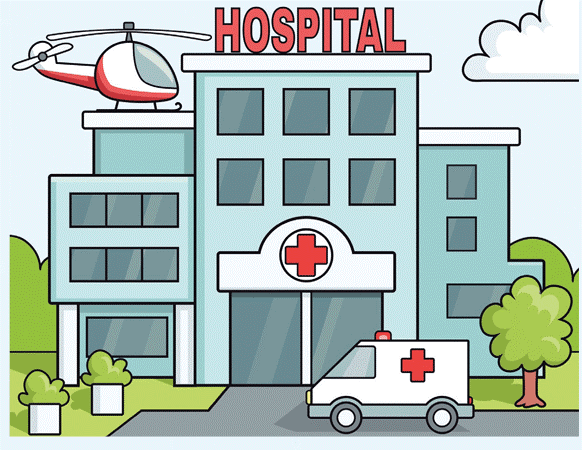



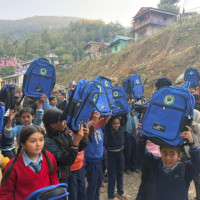

-square-thumb.jpg)

